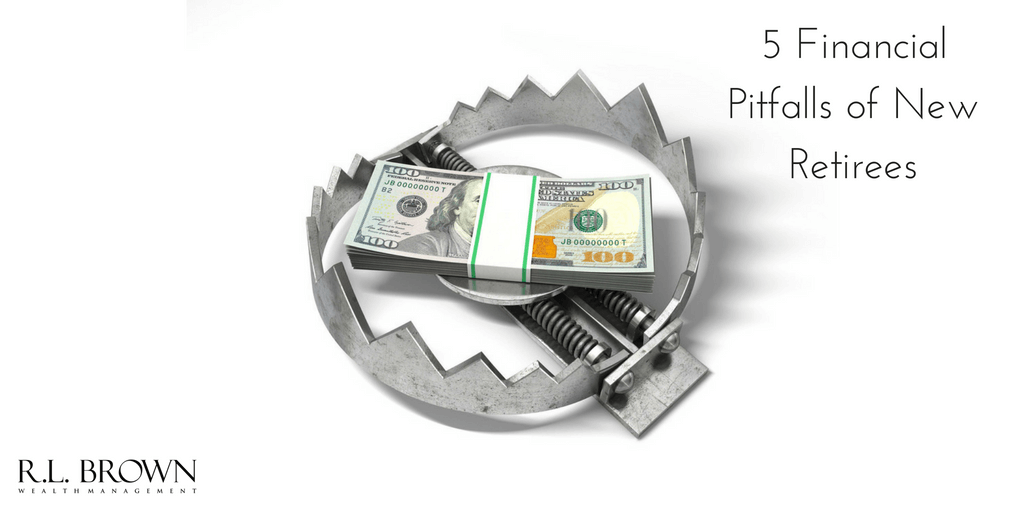There are a plethora of choices when it comes to the world of investing and cash management. Large companies and small; various levels of diversification and risk; and, of course, the percentage of income you plan to invest.
Even with the vast possibilities of different investment portfolios, all investors share a few common end goals: to grow their assets, maintain a constant bankroll, and protect the wealth they’ve worked hard to build.
The details of your personal investment portfolio ultimately boil down to your aspirations as an investor, as well as your own timeline and situation. While a financial professional can help you iron out all the details, the following strategies can get you started and guide you in the right direction:
1. Take advantage of investment growth
How do you know the right time to sell? Some people automatically move funds when times get tough for a particular company or business sector, but soon after miss out on a major market upswing. On the flip side, others who keep money in certain funds or stocks for too long get shut out from more profitable opportunities elsewhere.
While there are various strategies you can discuss with a financial professional, one possible approach is to automatically take gains in any stock or mutual fund position that grows by 20%. That way you won’t be tempted to keep or sell based on your emotions, and you’re guaranteed to build up some cash reserves. Talk with a professional about if this strategy or others are right for you.
2. Find the appropriate level of risk and distribution of assets
Are you on the cusp of retirement, or do you have several years—or even decades to work with? Your timeline makes a huge difference in the way you should divide your assets among stocks and bonds. Depending on when you plan to begin accessing your nest egg, you should create a portfolio with a risk level in line with your goals. For example, if your retirement years are just around the corner, you’ll want to take a more conservative approach with your investments and ensure you’ll have easy access to your cash when you need it.
If your goals are more long-term (10 or more years), consider investing in stocks funds that carry a higher level of risk, but a greater potential for growth. A financial professional can help you choose an asset allocation that is in line with your personal situation and comfort level.
3. Realize annual withdrawals amounts may vary
Before retirement, take a thorough look at your situation and figure out if your predictable income streams (Social Security, pensions, part-time income, etc.) will take care of your basic needs (food, mortgage, etc.). You may consider mostly reserving funds from your 401(k)s, IRAs or other retirement accounts for “wants” rather than needs, if possible. Wants include everything from vacation properties, luxury cars, and charitable gifts.
Many financial professionals recommend withdrawing between 3% and 5% of your assets each year during retirement, but the truth is, that number may change from year to year.
Some factors that may raise or lower your withdrawal rate annually:
- Inflation
- Varying living expenses (Did you recently purchase a second home? what part of the country do you plan to live in? Will you be traveling frequently?)
- Investment gains or losses
- Charitable contributions
Note: There are required minimum distributions, or RMDs starting at age 70 1/2 for traditional IRA holders. That percentage will go up as the value of your account diminishes. Having a diverse mix of assets in both traditional IRA and Roth IRA accounts is a good idea in retirement, as Roth assets can be withdrawn tax free at any time after age 59 1/2.






